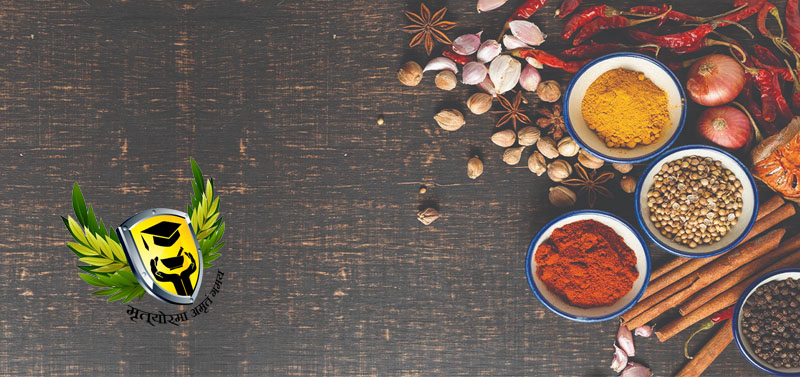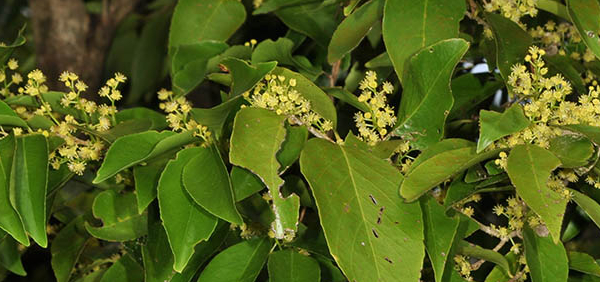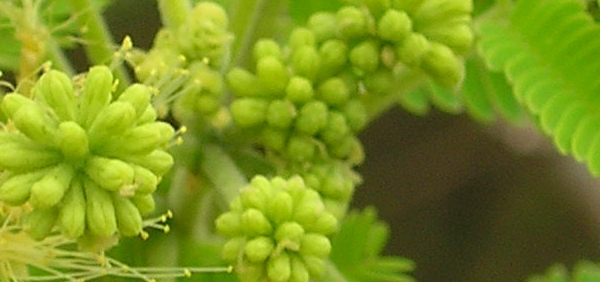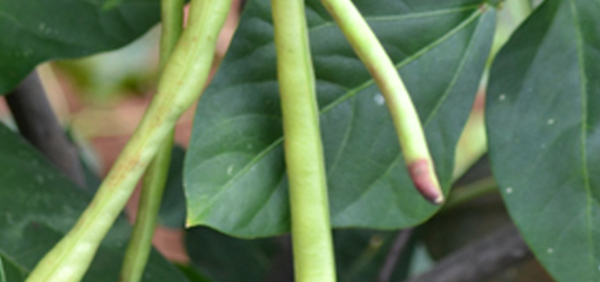Traditional cultured ghee recipe

Dr Mathew shares his traditional cultured ghee recipe
Before I begin the recipe for cultured ghee, let me explain what ‘ghee’ is.
Ghee is clarified butter made from the fat/lipid part of milk. Traditionally, ghee is used in Indian cuisine and also in Ayurvedic medicines. Ghee is almost always prepared without any added salt and tastes like a nutty butter. Its nutritional value is similar to butter but with much less casein (heavy milk protein) and only trace amounts of lactose.
A traditional Ayurvedic recipe for ghee starts with boiling raw milk and allowing it to cool to 110 °F (43 °C).
A small amount of yoghurt is then added before covering and leaving it to sit overnight at room temperature, which almost magically produces more yoghurt.
This yoghurt is churned with ice-cold water, to produce cultured butter, which can then be used to simmer into ghee.
Most homemade ghee recipes simply suggest heating good quality butter at a high temperature. Once the milk solids are burned and removed, what remains is ghee.
However, this technique skips the very important step of fermentation. So, today I’ll share with you a simple way to prepare cultured ghee at home that includes it:
Dr Mathew’s Cultured Ghee Recipe
Step 1
You will need a good quality cream, preferably prepared from unhomogenized milk. You can use double cream, add one dollop of yoghurt to it and leave to ferment overnight. If the weather is very cold, store in a warm oven or airing cupboard.
You can skip this step by using sour cream!
Step 2
Use a hand blender to churn the sour cream. Add some chilled water or ice if it feels too thick.
You can skip this step as well by using a good quality cultured butter!
Step 3
Heat the cultured butter in a thick-bottomed pan and allow the milk solids to burn. Once the frothing stops, filter out the burnt milk solids to produce pure cultured ghee.
Store your ghee in a dry glass bottle or jar. There is no need to refrigerate.
Nutritional benefits of ghee
- Cultured ghee is very low in milk solids yet packed with fat-soluble vitamins like A, D, E and K.
- It’s rich in anti-inflammatory CLA and butyrate (great for your gut microbiome).
- It’s a reliable source of Omega-3 and Omega-9 essential fatty acids, as well as medium-chain triglycerides (MCTs) similar to those found in coconut oil. MCTs are particularly easy to use as an energy source with minimal metabolic impact on the liver.
- It has a very high smoke point, making it suitable for high-temperature cooking and frying.
Cultured ghee really deserves a place in your pantry!
Author

Kotakkal Ayurveda - Mother land of modern ayurveda













